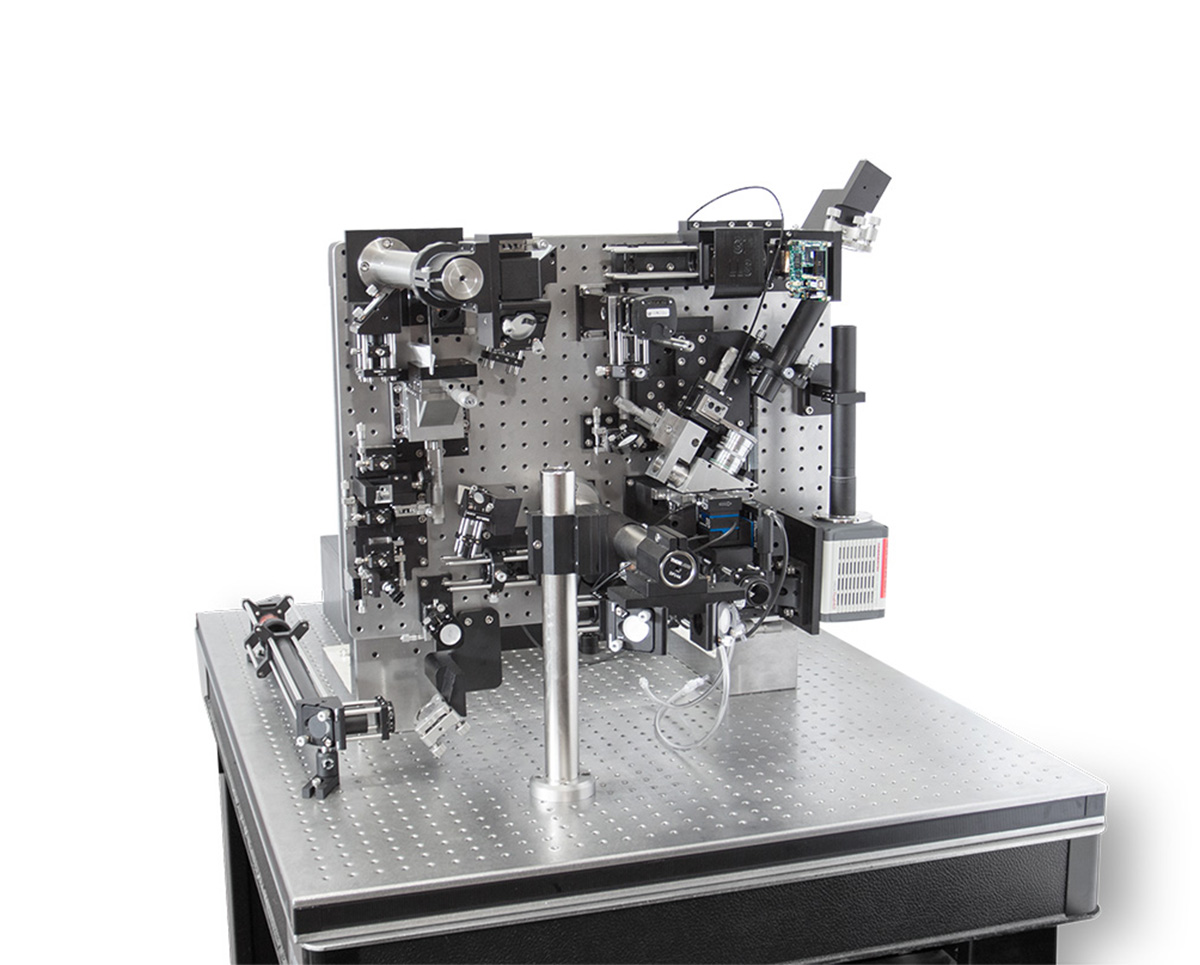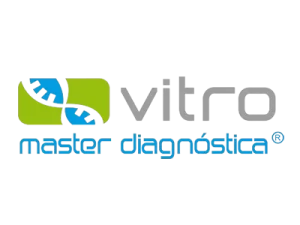DSS: Redefining Biotechnology & Life Science in India
- About Us
- Products & Services
PRODUCTS & SERVICES
-
Kits Reagents & Consumables
- Cytogenetics
- Dyes
- Fluorescence In Situ Hybridization (FISH)
- High-Performance Liquid Chromatography (HPLC)
- Histology
- Immuno Histo Chemistry (IHC)
- IVF Consumer bill
- Molecular Pathology & Diagnostics
- Multiplex Ligation-Dependent Probe Amplification (MLPA)
- Nucleic Acid Extraction
- PharmDx
- Real Time PCR
- Special Stains
- Instruments
- Software
- Accessories
- Advanced Material
-
Kits Reagents & Consumables
- Applications & Specialities
All Applications & Specialities
- Brands
- Contact Us
-

-
 0
0
- ☰
- About Us
- Products & Services
-
Kits Reagents & Consumables
- Cytogenetics
- Dyes
- Fluorescence In Situ Hybridization (FISH)
- High-Performance Liquid Chromatography (HPLC)
- Histology
- Immuno Histo Chemistry (IHC)
- IVF Consumer bill
- Molecular Pathology & Diagnostics
- Multiplex Ligation-Dependent Probe Amplification (MLPA)
- Nucleic Acid Extraction
- PharmDx
- Real Time PCR
- Special Stains
- Instruments
- Software
- Accessories
- Advanced Material
-
Kits Reagents & Consumables
- Applications & Specialities
- Brands
- Brand - Life Sciences
- 3i
- ABBERIOR INSTRUMENTS
- Abbott Molecular
- ADS Biotec
- APPLIED SPECTRAL IMAGING
- BioAir Tecnilabo
- DAKO (AGILENT)
- Eden Tech
- Elveflow
- ENTROGEN
- EUROCLONE
- EVIDENT
- Genea
- Hamamatsu Photonics
- Invivoscribe
- MASTER DIAGNOSTICA
- MBF BIOSCIENCE
- Medical Tek Co. Ltd
- MILESTONE MED SRL
- Molecular Machines & Industries
- MRC HOLLAND
- NeoDx
- Onward Assist
- Profound
- SCIENTIFICA
- SpaceGen
- Seqlo
- µCyte
- Brand - Industrial
- Brand - Life Sciences
- News & Events
- Career
- Contact Us
- Testimonial
- Blogs
- R&D
- CSR
- Press Release


3i Lattice LightSheet
Lattice LightSheet uses ultra-thin sheets of light to image 3D cellular dynamics for hundreds of volumes at dozens of frames per second at diffraction-limited resolution and super-resolution. Invented by Nobel Laureate Dr. Eric Betzig of the Howard Hughes Medical Institute Janelia Research Campus, this microscope has been applied to biological systems spanning four orders of magnitude in space and time. An extremely sensitive primary objective coupled with a custom-designed illumination system allows optical sectioning using extremely low light doses for imaging with unprecedented duration. 3D experiments previously limited by phototoxicity in just seconds or minutes can now be continued safely for hours or days. The combination of high spatiotemporal resolution, speed and sensitivity make the Lattice LightSheet the ultimate tool in a new era for living cell microscopy.
Early successful applications of this instrument include the diffusion of single transcription factors in a spheroid of stem cells, 3D dynamic instability of microtubules during mitosis, formation of the immunological synapse in T cell/antigen presenting cell (APC) interactions, neutrophil motility in a 3D matrix, and embryogenesis in C elegans and Drosophila melanogaster.
-
Add to WishlistAdd to Wishlist
About
3i Imaging Instruments in India
3i was established in 1995 by a group of young and dynamic scientists working in the fields of cell biology, immunology, neuroscience, and computer science. At 3i, they aim to provide advanced multidimensional microscopy platforms, with its modular design and user-friendly technology, that meet the evolving needs of the biological research community.
3i (Intelligent Imaging Innovations) designers and manufacturers provide cutting-edge live cell and intravital microscopy imaging platforms that are driven by 64-bit SlideBook software. DSS is a key distribution partner for their representation in India.
More Products
FLUOVIEW™ FV5000
The FLUOVIEW™ FV5000 from Evident elevates scientific imaging with unmatched clarity, speed, and quantitative accuracy.…
Tumor Comprehensive Genomic Profiling Panel Assay
The Tumor Comprehensive Genomic Profiling (CGP) Panel Assay is a high-throughput sequencing (NGS)-based solution for…
Hereditary Cancers Panel Assay
The Hereditary Cancers Panel Assay is designed for comprehensive genetic analysis of hereditary tumor-related genes…
Human Glioma 26 Gene Mutations Detection Kit (High-Throughput Sequencing)
The Human Glioma 26 Gene Mutations Detection Kit is a high-throughput sequencing (NGS)-based assay for…
Testimonials & Reviews

Dr. (Prof.), Nitesh Mohan
Professor & Head, Department of Pathology, RMCH Bareilly
DSS's expertise, dedication, and professionalism were outstanding in making the Karyotyping & FISH workshop a great success. Their knowledge and valuable insights empowered all the participants with practical skills, receiving highly positive feedback from both students as well as faculty members.

Dr. Chhaya Chande, Professor & HOD, Microbiology
GGMCJJ Hospitals, Mumbai
“Ms. Megha Dhumal (Assistant Manager- Application) has done a satisfactory demonstration of the running of the Abbott Sample preparation machine model m2000sp and the Abbott RT-PCR machine model m2000rt. We appreciate the effort made by the DSS team under these difficult conditions to help our lab to carry out the imperative Covid-19 tests.”

Dr Sunil K Arora, Professor, Deptt of Immunopathology
PGIMER, Chandigarh
“We are using Confocal Microscope and one Fluorescence Microscope. Both are working fine. The after sales services by DSS have been excellent for functioning & upkeep of the microscopes. The applications support by experts from DSS is very useful. Keep it up!”

Dr Pramod Kumar Bajaj
MD, Spermprocessor Pvt Ltd
“Really excited to see the DSS Pathology solutions exhibition booth at APCON 2019 along with Magnus. We think all the upcoming technology had been displayed along with your efforts to make it Indigenous (Made in India) is highly appreciated. Wish you all the best. Keep it up!”

Dr. Sreejesh S, Associate Professor, Dept of Hematology
PGIMER, Chandigarh
“My experience with DSS so far has been very good till now. We are getting good support in both purchase as well as in troubleshooting. Very good experience with Mr Arun, Mr Manoj, Mr Mahesh and all others from the DSS team.”
Dr Sudha S Murthy, Department of Pathology and Laboratory Medicine
BIACH & RI, Hyderabad
“I am happy with DSS and associated with 19 years and use Dako antibody. Happy with Supply but need improvement.”

Dr S Radhika MD, PhD
Professor, Deptt. Of Cytology & Gynaec Pathology, PGIMER, Chandigarh
“PGI Cytology Dept. has had a long association with DSS- Olympus Microscopy Division. They have provided excellent services- after sales service. The product is also of very good quality. We have had no problems with their products and services are of very good quality.”

Dr Nuzhat Husain
RMLIMS, Lucknow
“Have been using Dako Reagents and Dako antibodies for a while. Services and products have been good and timely.”

Dr Minu Singh
Assistant Professor, PGIMER, Chandigarh
“MRC Holland MLPA products provided by DSS are of good quality, have never faced any quality issues with their product or shipping condition. They provide prompt response upon any query.”

Mr. Krishnani Professor, SGPGI, Lucknow
“My experience with DSS so far has been excellent for the last 30 years- sales and service experience. Microscope products are very useful and sturdy with high precision.”






























